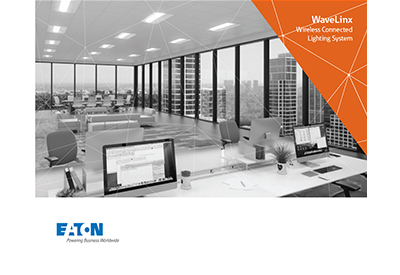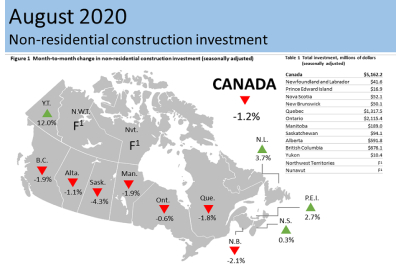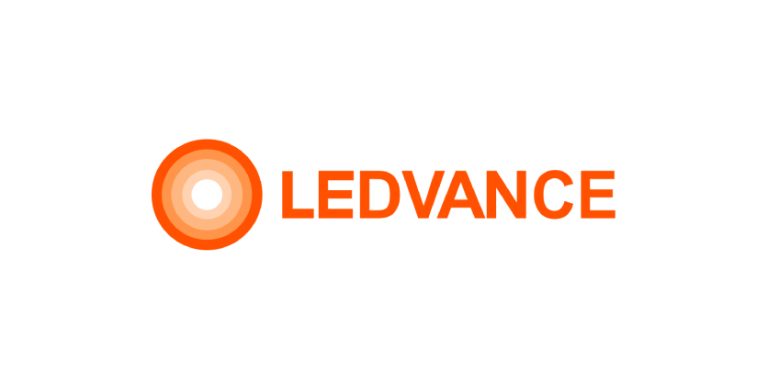Eaton Introducing ‘Home-as-a-Grid’ Approach to Residential Energy Transition

Feb 19, 2021
The energy transition is changing how power is generated, distributed, managed and consumed. Eaton’s new Home as a Grid approach combines an intelligent home energy portfolio with strategic partnerships to help residential customers integrate, manage and benefit from renewable technologies.
Several factors are contributing to the transformation of home energy use – including the United States’ renewed focus on clean energy deployments, a growing interest from homeowners in sustainable solutions, new technologies and an evolving regulatory landscape. These market forces are creating new opportunities to bring distributed energy resource (DER) capabilities behind the meter, or, in control of the user.
“For years the home has been thought of only in terms of its ability to receive power from the energy grid,” said John Vernacchia, energy transition segment director – North America, Eaton. “The integration of renewable energy sources behind the meter and emergence of capabilities to support bi-directional flow of energy transforms our understanding of what is possible for the home as an energy source. Eaton’s Home as a Grid approach is designed to help stakeholders across the spectrum realize the full range of possibilities this paradigm shift creates while enabling more effective integration and management of game-changing renewable resources.”
The California Energy Commission (CEC) has updated the state energy code to require solar cells, or photovoltaic (PV) devices, on all new homes. At the same time, the Federal Energy Regulatory Commission approved a final rule, enabling DER aggregators to compete in all regional organized wholesale electrical markets in an effort to enhance competition, encourage innovation and drive down costs for consumers.
Home as a Grid capabilities can:
Enable smarter real-time decisions and safeguard essential data in the integration of renewable solutions. Eaton’s Brightlayer digital platform integrates connectivity, design, data science and cybersecurity
Harness essential load management and behind-the-meter capabilities, including energy management circuit breakers, Wi-Fi smart devices, solar-ready and smart load centers, cloud architecture and data services.

















